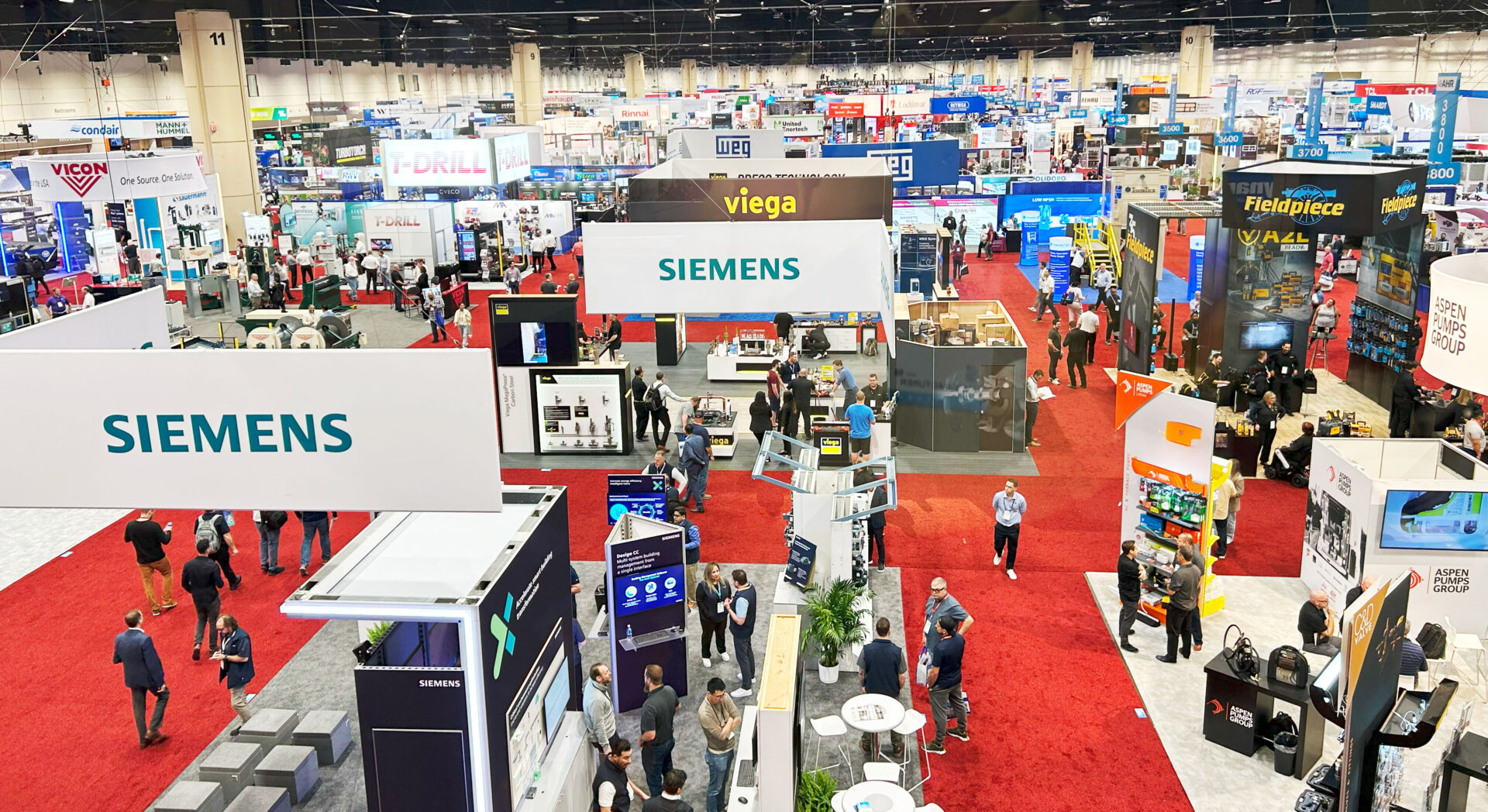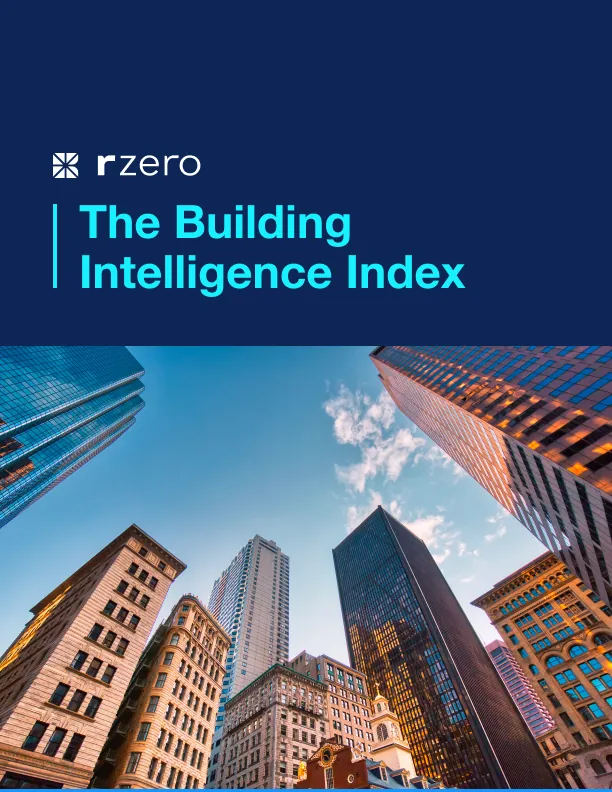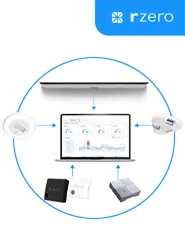
Webinar Recap: Redefining Energy Efficiency
As commercial energy costs continue to rise, building operators are looking for faster, cost-effective solutions to reduce waste and improve efficiency. Heating, Ventilation, and Air Conditioning (HVAC) systems account for nearly 60-70% of total building energy consumption, making them one of the largest opportunities for savings. However, traditional HVAC systems often operate on outdated schedules, ventilating spaces regardless of actual occupancy; leading to significant energy waste.
In our latest webinar, we explored how Occupancy-Based Demand Control Ventilation (O-DCV) and Efficiency-as-a-Service (EaaS) are changing the game for commercial buildings. Below is a recap of the key takeaways.
The Problem: HVAC Inefficiency is a Costly Burden
Commercial real estate operators face a dual challenge: maintaining occupant comfort while keeping energy costs in check. Traditional HVAC systems are designed to prioritize airflow consistency rather than efficiency, often running at full capacity even in unoccupied or partially occupied spaces.
The result?
- Higher energy bills: Wasted ventilation accounts for millions in excess operational costs each year.
- Increased equipment wear and tear: Running systems unnecessarily leads to faster degradation and more maintenance expenses.
- Lost efficiency gains: Static scheduling fails to take advantage of modern data-driven optimization.
The Solution: Occupancy-Based Demand Control Ventilation (O-DCV)
O-DCV solves this challenge by using real-time occupancy data to adjust ventilation dynamically. Instead of delivering the same airflow regardless of usage, O-DCV matches HVAC output to actual demand, reducing unnecessary energy use while maintaining comfort.
How it Works:
- Sensors collect real-time occupancy data
- Data integrates with the building’s HVAC system to optimize ventilation rates
- Ventilation automatically adjusts based on actual demand
- This approach cuts HVAC energy consumption, lowers costs, and extends system lifespan – all without major infrastructure overhauls.
Efficiency-as-a-Service (EaaS): Removing Financial Barriers to Adoption
Many building operators recognize the benefits of O-DCV, but budget constraints often delay or prevent implementation. Efficiency-as-a-Service (EaaS) eliminates this hurdle by offering a performance-based model where buildings pay for savings instead of upfront installation costs.
How EaaS Works:
- No upfront capital investment—solutions are deployed at no cost
- Energy savings are measured and verified over time
- Buildings pay only a portion of the savings achieved, ensuring positive ROI from day one
- This model allows organizations to improve building performance without financial risk, accelerating the transition to smarter, more cost-effective ventilation strategies.
The Bottom Line
With HVAC costs rising and operational efficiency more important than ever, O-DCV and EaaS offer a practical, high-impact solution. By leveraging real-time data and a cost-free deployment model, commercial buildings can achieve immediate and long-term energy savings while keeping their occupants comfortable.
Want to learn more? Contact us to schedule a meeting for more insights on how data-driven ventilation strategies can optimize building performance without upfront costs.
More posts you might like
-

3 Key Takeaways from AHR Expo 2025: What’s Shaping the Future of HVAC
The 2025 AHR Expo brought together HVAC industry leaders, innovators, and professionals to showcase the latest advancements in heating, ventilation, and air conditioning. Here are the key insights that stood out from our team on the ground. 1. Smart Technology is Enhancing, Not Replacing, Traditional HVAC A significant shift observed at this year’s expo is […]
-

Wildfire Smoke: Understanding the Impact on Indoor Air Quality
As we face yet another intense wildfire season, with significant events already impacting regions across the country, the challenges to air quality, both outdoors and indoors, are more pressing than ever. Wildfires contribute up to 50% of “ultrafine” particles in the air; tiny pollutants that can travel hundreds of miles and infiltrate indoor spaces, affecting […]
-

Optimizing Occupancy and Indoor Air Quality: Insights for the Future of Smart Buildings
As the dynamics of the built environment evolve, understanding occupancy and indoor air quality (IAQ) is critical to designing spaces that are efficient, adaptable, and optimized for occupant comfort. At R-Zero, we believe smarter building management starts with actionable insights, rooted in real-time data on how spaces are used and how they can better support […]

